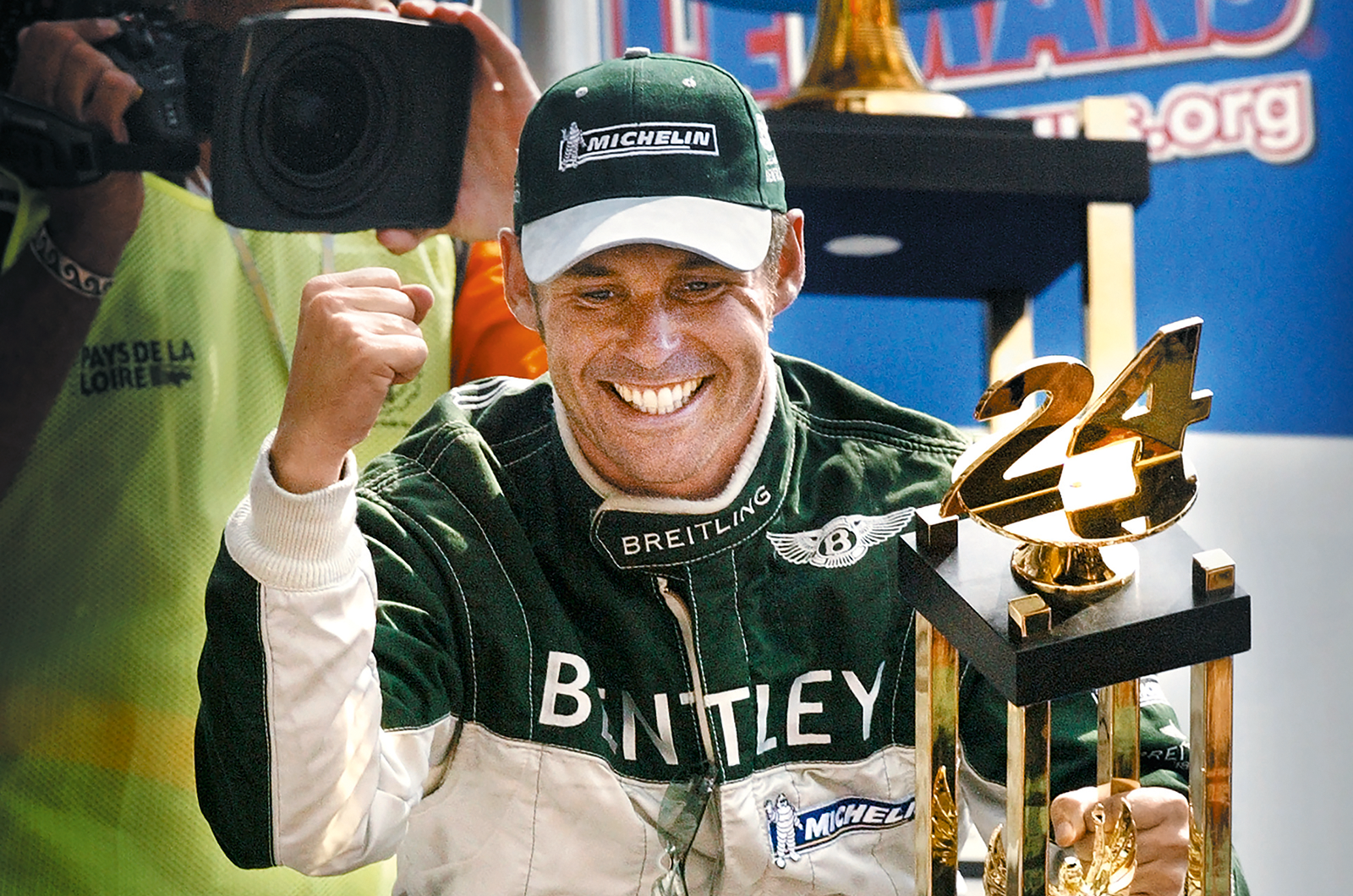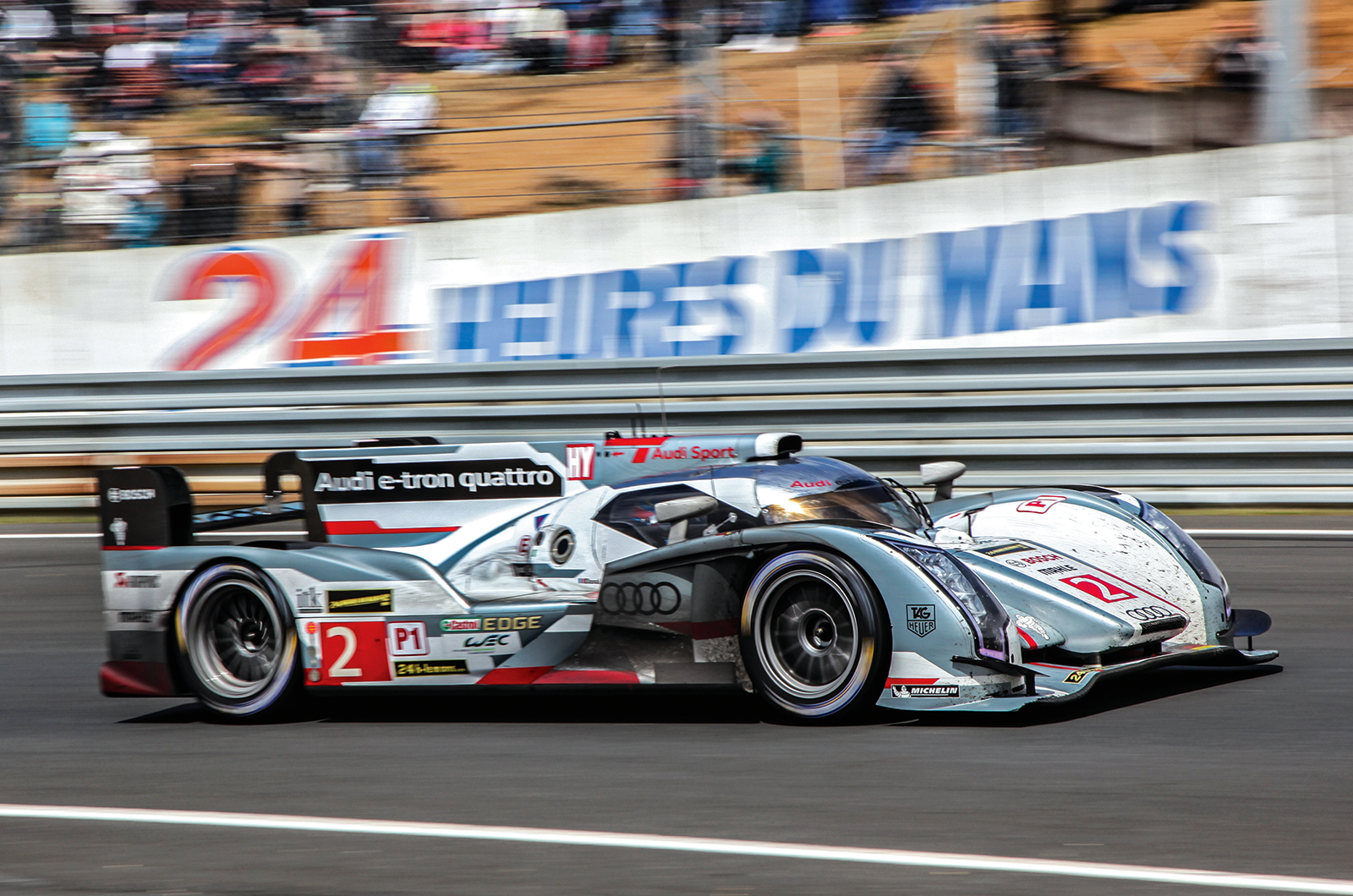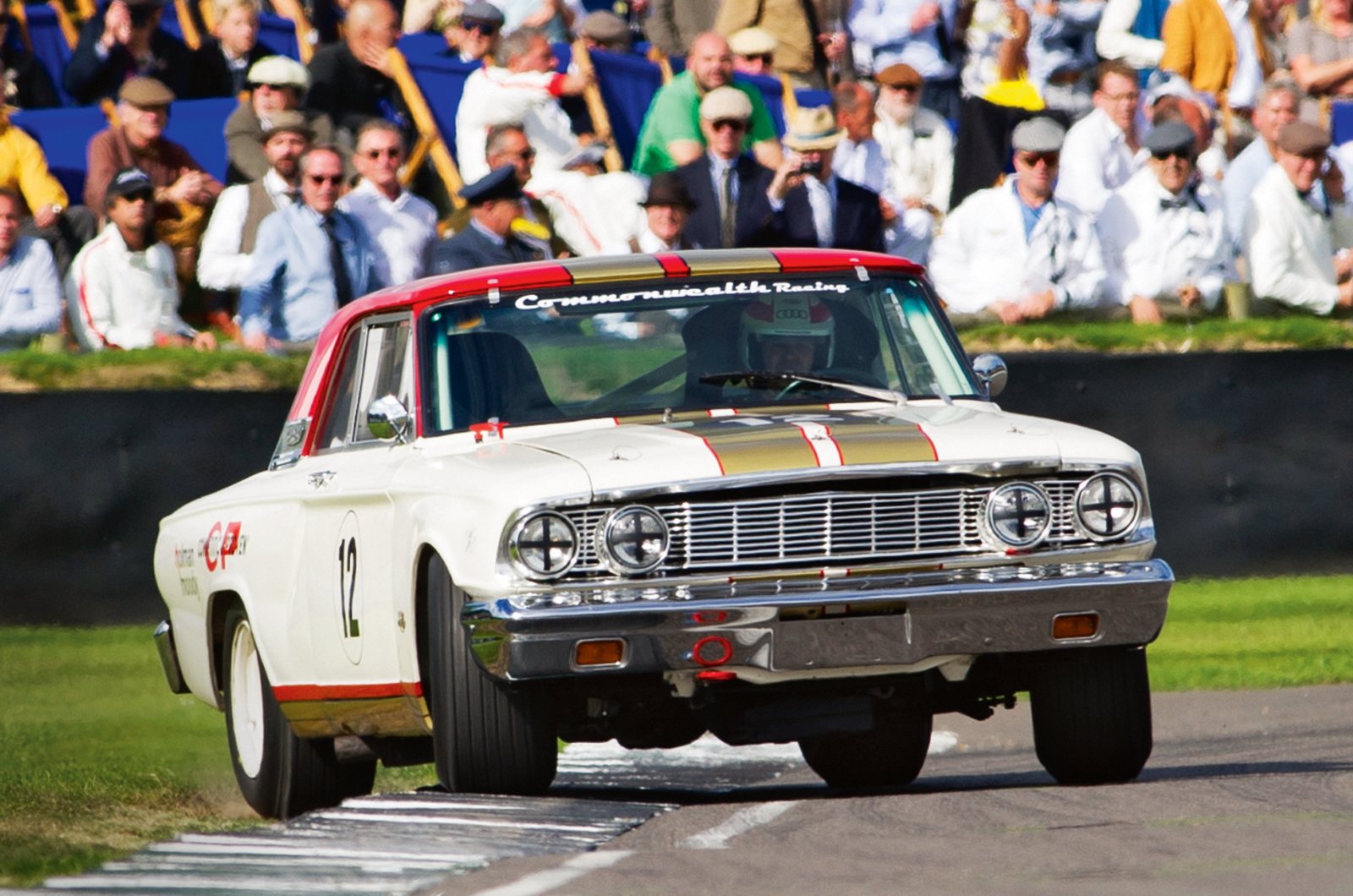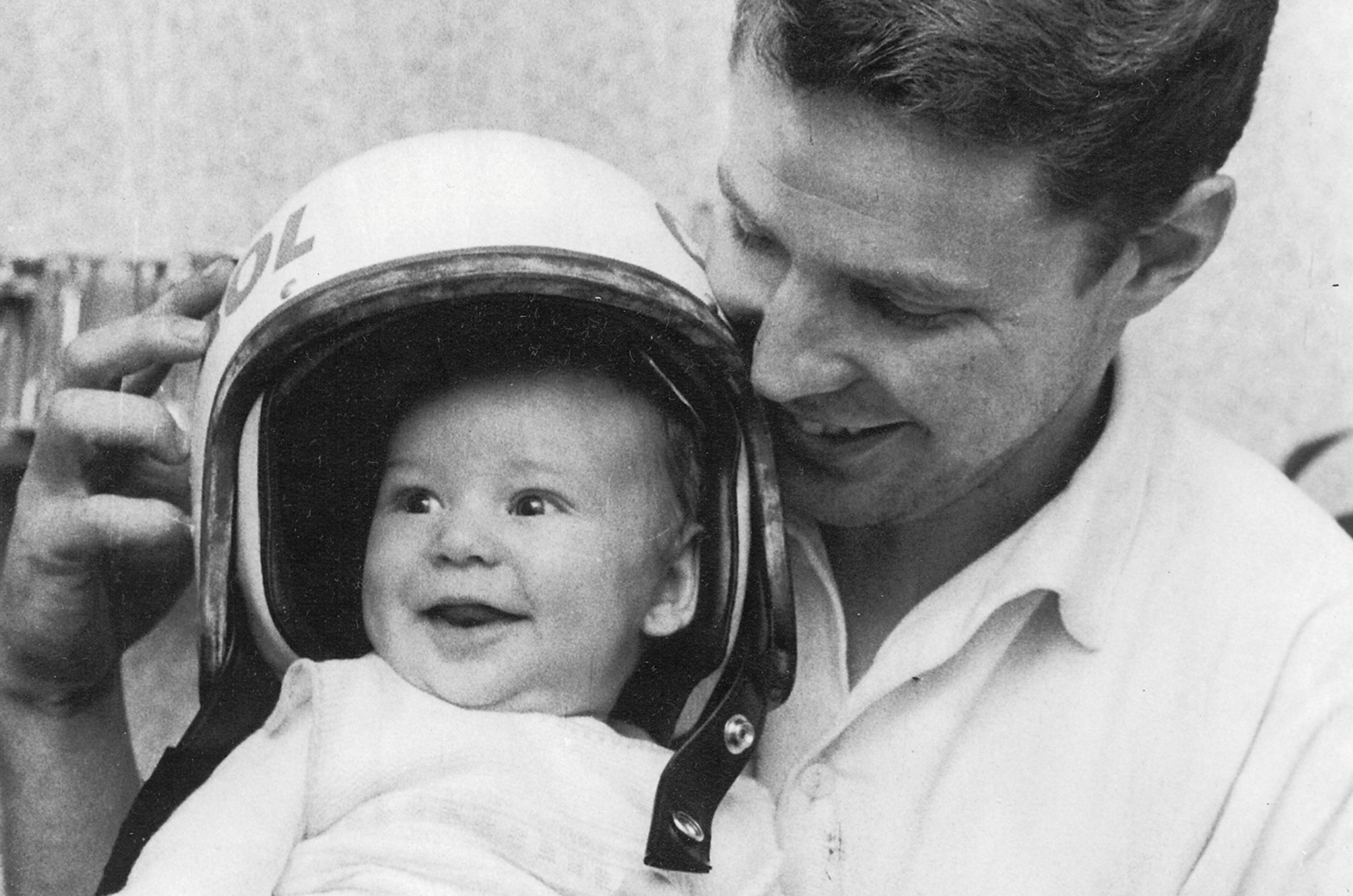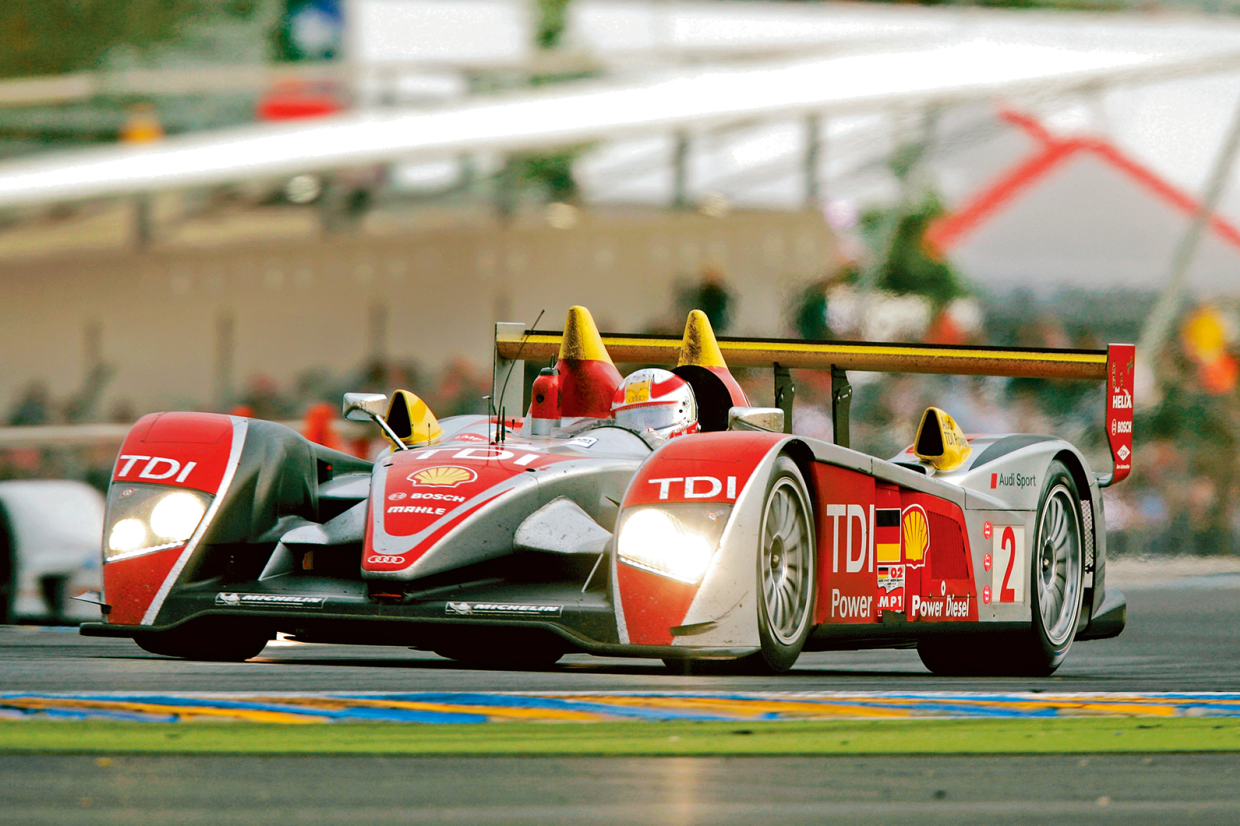
At Le Mans in 1997, it finally looked as if the monkey was climbing down from Bob Wollek’s back.
In 27 starts, some for the all-conquering Porsche squad of the 1980s and in the defining car of Group C, one of history’s finest sports-car exponents had inexplicably still not won overall.
Then it all unravelled among the breakfast barbecue smoke drifting across the Porsche Curves: his signature bad luck had struck again.
Out of the race, out of the lead.
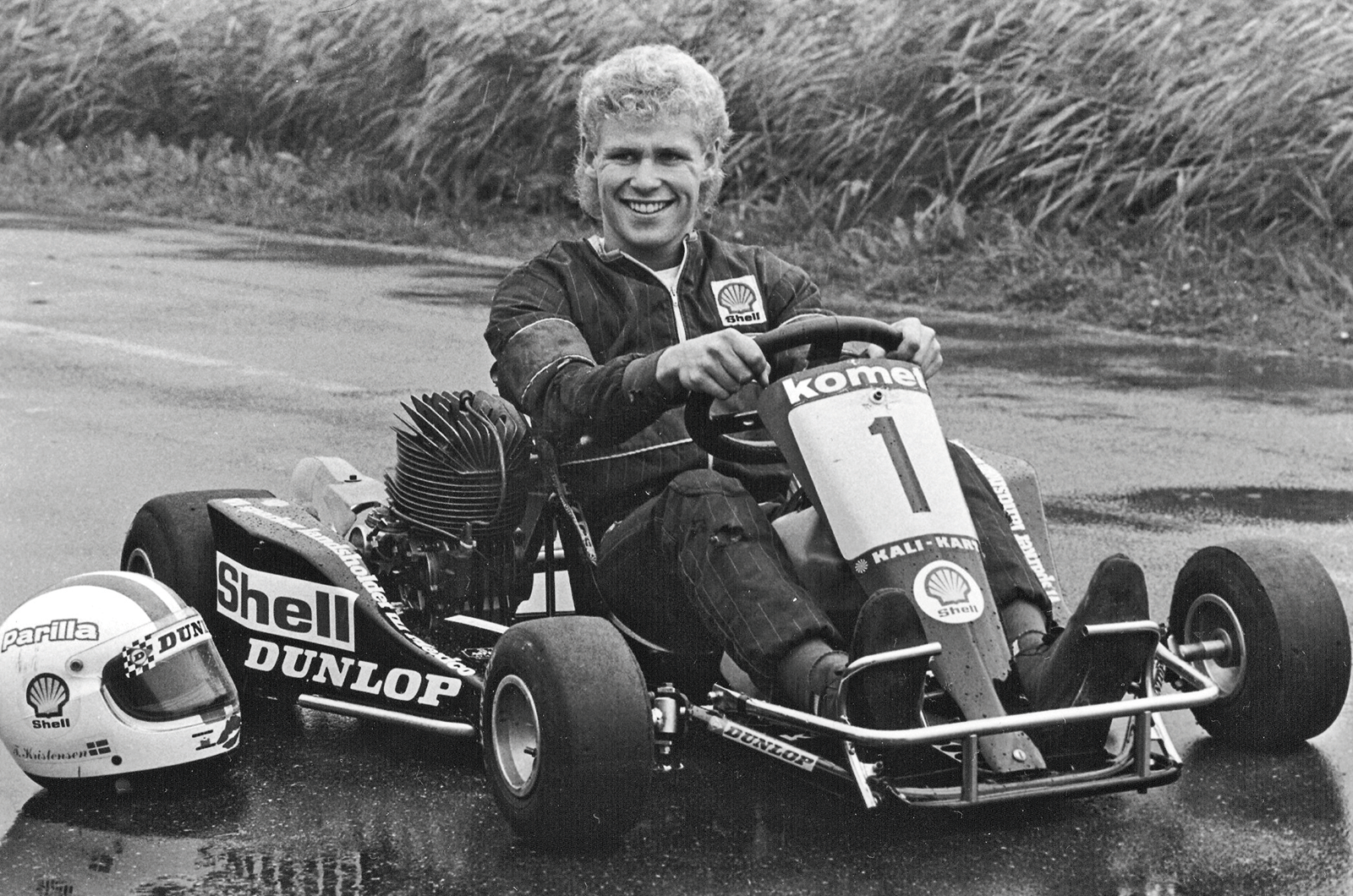
Tom Kristensen’s early race success came in karts
When the sister car to Wollek’s 911 GT1 also retired hours later, to the front went a young charger named Tom Kristensen, who had encountered his own many doses of bad luck chasing a Formula One seat.
Just six weeks before Le Mans he had accepted a drive in a Tom Walkinshaw Racing-created, Porsche-and-Jaguar mongrel WSC-95, and so began the legend of the greatest sports-car racer yet.
Nought for 27 went Wollek; one for one went the youthful Dane. By 2001, the year Wollek was killed in a traffic accident aged just 57, it was nought for 31 against three for five.
Whichever way you look at it, Kristensen’s record is remarkable – with parallels to Jim Clark’s in F1.

